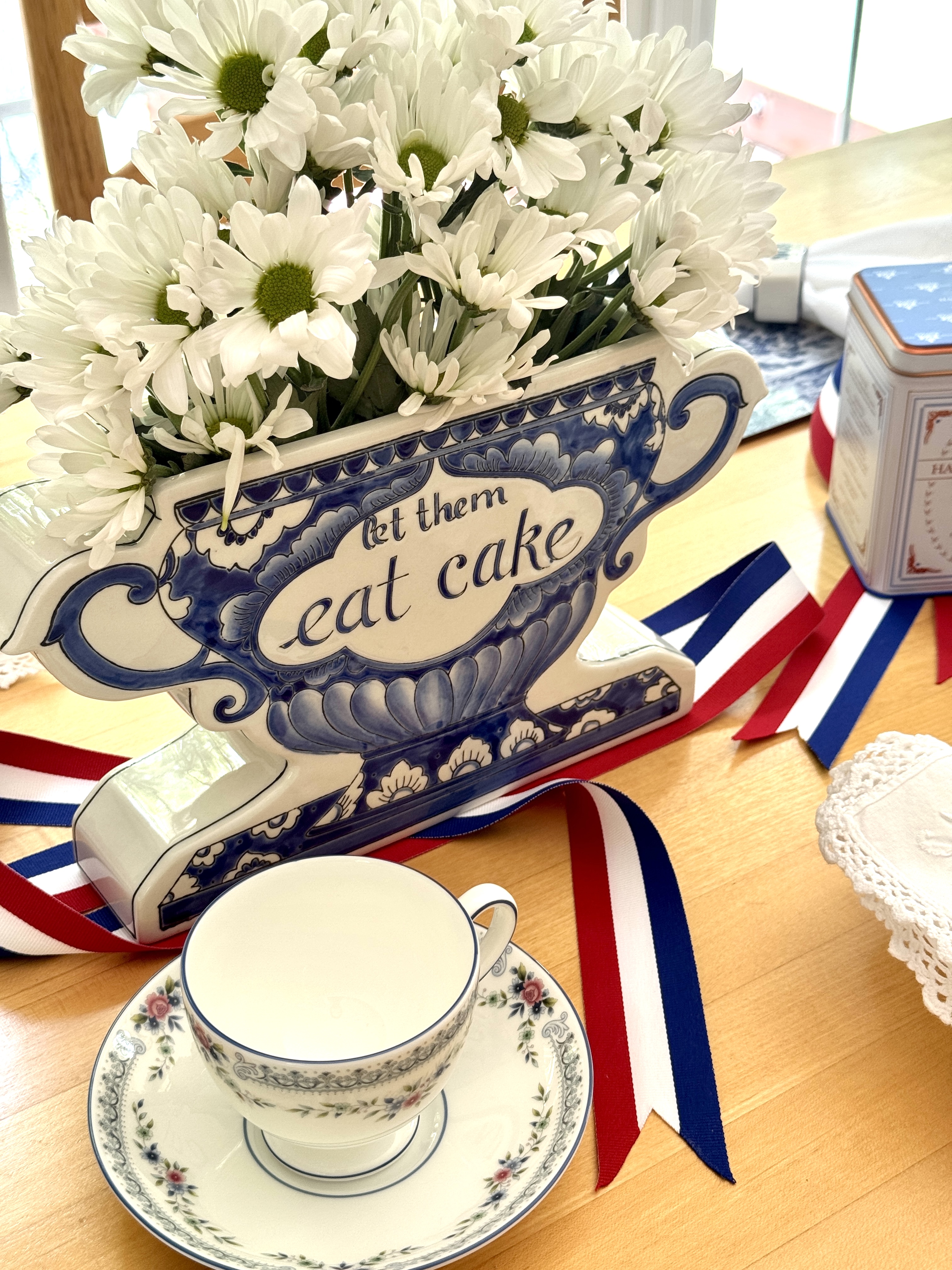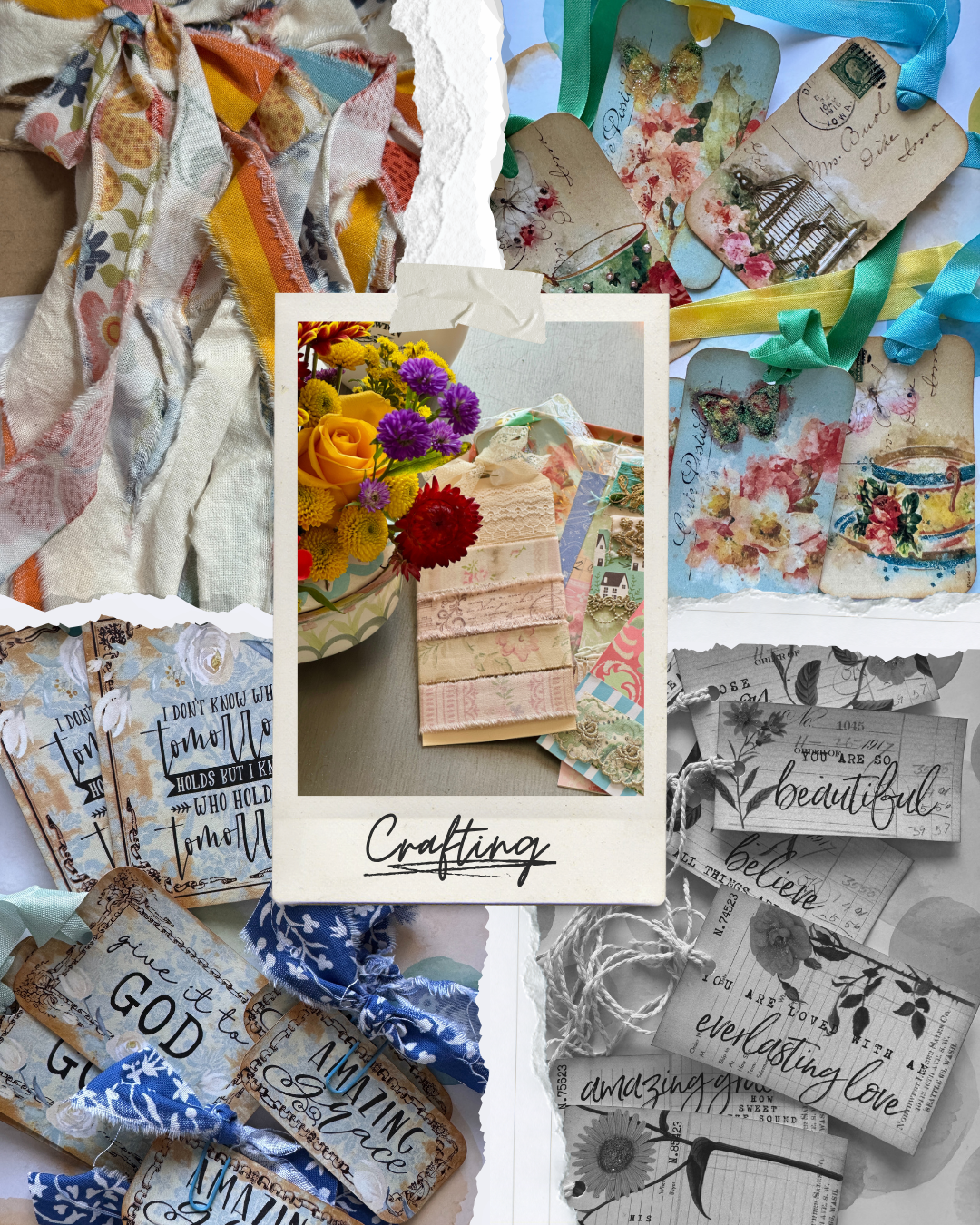Happy Monday, My Lovelies! How was your weekend? Ours was nice. We were actually in town for the first weekend in a really long time.
Today is Bastille Day! To celebrate, I put together a little tablescape in honor of our French friends. We owe a wee bit of our Independence here in the USofA to the French and their help during the Revolutionary War and the War of 1812.
If I could get away with it, I would eat cake everyday. I think cake is the perfect treat for Bastille Day, don't you? But we are having small bites: little petit fours with our daughter's favorite tea, "Paris," by Harney & Sons. We had birthday cake last week for Independence Day and Shelley's birthday; Mr. Bookish's birthday is Thursday, and my mom's is Saturday. "Let them eat cake," indeed! We need to go easy on the sweets today. ;P
My husband has French ancestry, plus he's from New Orleans. His parents lived right around the corner from the French Consulate in the Garden District. Our daughters both have French middle names in honor of this heritage.
Below are the resources used on our table. I don't think anything is new.
French Toile Placemats: The Metropolitan Museum of Art
White Crochet-Trimmed Napkins: Vintage
Spoons: Horchow
China: (From our wedding registry) Rosedale by Wedgwood
Marie Antoinette vase and napkin rings: Molly Hatch via Anthropology
Ribbon: Michael's Crafts
If you're looking for something to read today, here are three recommendations:
The Balcony is about a French country estate and the families who lived their over the span of about a century.
All the Light We Cannot See is a WWII historical fiction that is one of my all-time favorite books. Please read this book!
Paris is nonfiction, and it takes us on a tour of all twenty of the city's arrondissements. I found it fascinating!
I hope you have a lovely week!
Until next time...
Blessings!
Ricki Jill
Ricki Jill






.jpg)











.png)





.png)




.png)


